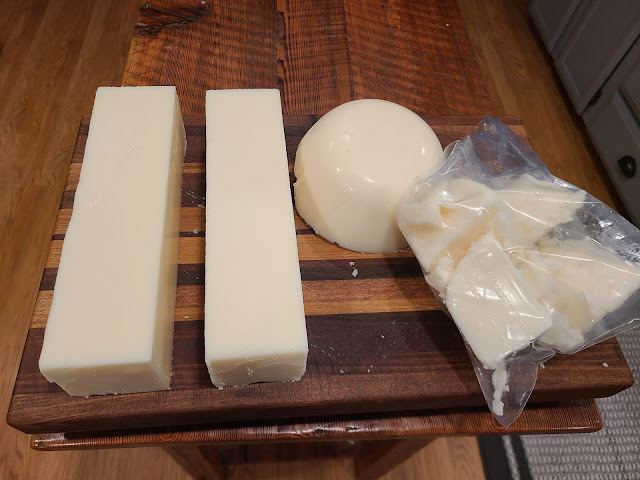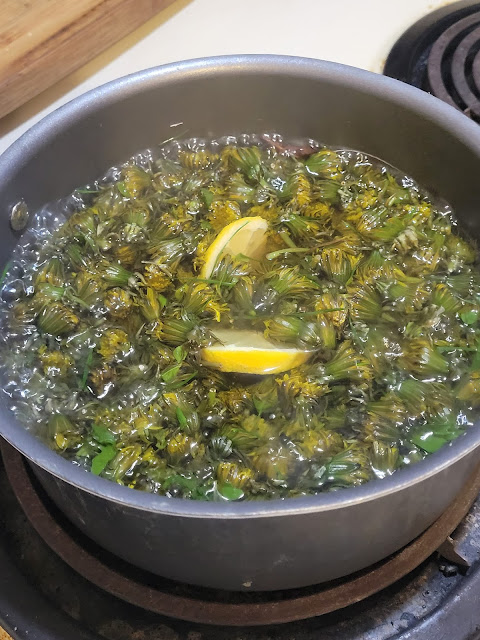From Farm to Beauty: Unleashing the Magic of Homemade Tallow for Soaps and Creams
Embarking on a journey of self-sufficiency and sustainability can be incredibly rewarding, especially when it comes to utilizing every part of the animals we raise. One such endeavor is rendering tallow, a versatile and nourishing fat derived from beef. In this article, we'll delve into the process of rendering tallow, exploring the benefits of this traditional ingredient and its potential applications in soap and cream making. Join us as we celebrate the journey from farm to table and dive into the exciting world of homemade tallow creations.
Recipe: Rendering Tallow from Beef Fat
Ingredients:
- - Beef fat (trimmings, suet, or kidney fat)
- - Water (optional, if needed)
Instructions:
1. Preparing the Beef Fat:
- Start by collecting trimmings, suet, or kidney fat from your butchered beef. Ensure that the fat is clean, without any excessive meat attached.
2. Cutting and Chopping the Fat:
- Cut the beef fat into small, uniform pieces. This will help maximize the rendering process.
3. Melting the Fat:
- Place the chopped fat into a large, heavy-bottomed pot or slow cooker.
- Heat the pot on low to medium heat, allowing the fat to melt slowly. Stir occasionally to prevent burning.
4. Rendering the Tallow:
- As the fat melts, it will release liquid known as "tallow" and solid pieces called "cracklings."
- Continue heating the fat until all the solid pieces have turned golden brown and crispy, indicating that the tallow has been fully rendered.
- The rendering process may take several hours, depending on the quantity and type of fat being rendered.
5. Straining and Storing the Tallow:
- Once the tallow has finished rendering, carefully strain it through a fine-mesh sieve or cheesecloth to remove any remaining solid particles.
- Allow the strained tallow to cool and solidify.
6. Utilizing Homemade Tallow:
- The homemade tallow can now be used in various applications, such as soap and cream making.
- For soap making, combine the tallow with other oils and follow a soap recipe of your choice.
- In cream making, tallow can be incorporated as a nourishing ingredient, adding moisturizing properties to your homemade creams.
7. Exploring and Learning:
- As a newcomer to tallow rendering, embrace the excitement of learning and experimenting with this versatile ingredient.
- Research different soap and cream recipes that incorporate tallow, and allow your creativity to flourish as you explore the possibilities.
Rendering tallow from beef fat is an age-old tradition that allows us to fully utilize the resources provided by the animals we raise. From farm to table, this process embodies sustainability, self-sufficiency, and a deep connection to the food we consume. The homemade tallow opens the doors to a realm of possibilities, whether it's creating luscious soaps or nourishing creams. So, embrace the excitement, savor the journey, and let your newfound knowledge guide you as you embark on this exciting adventure of homemade tallow creations.




















Comments